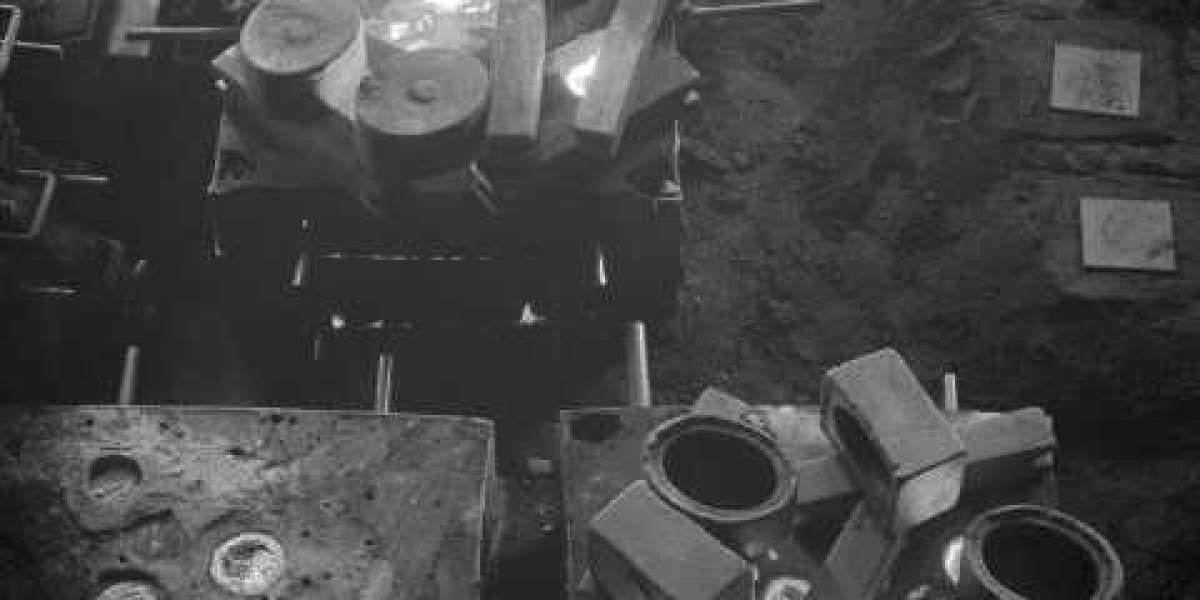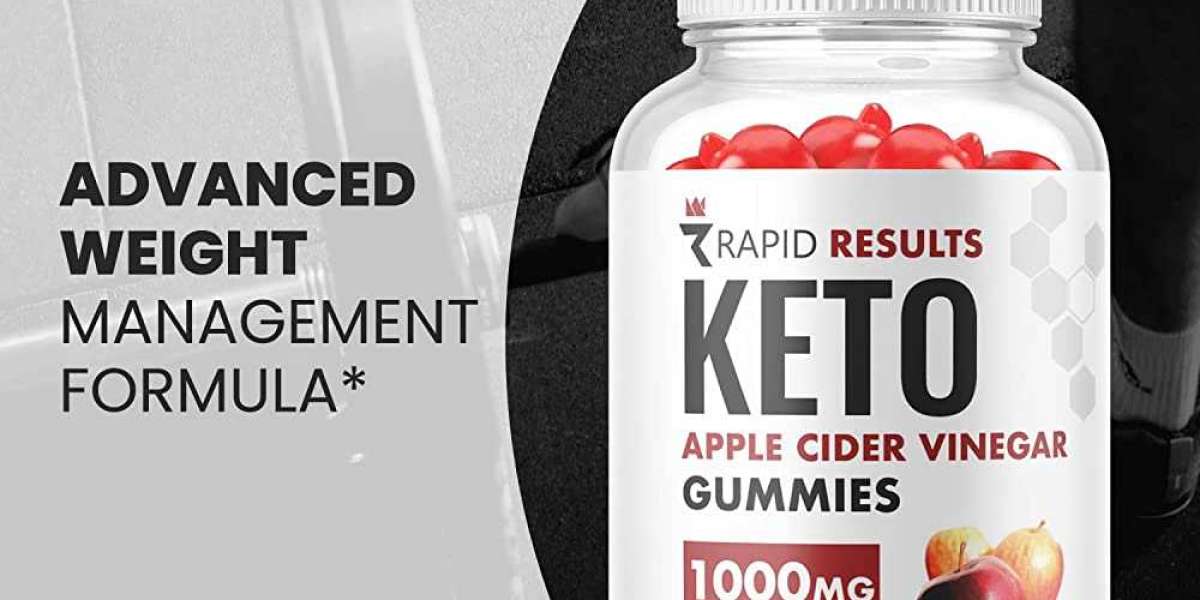Cast iron is a versatile and durable material that has been used for centuries in various applications, ranging from cookware to industrial machinery. There are several types of cast iron, each with its unique properties and applications. In this comprehensive guide, we will explore the most common types of cast iron, their characteristics, and their uses.
Gray Cast Iron: Gray cast iron is the most common and widely used type of cast iron. It is known for its excellent castability, good machinability, and high thermal conductivity. Gray cast iron contains graphite flakes, which give it its characteristic gray color and provide excellent lubrication during machining. This type of cast iron is often used in engine blocks, pipes, and cookware due to its good heat retention properties.
White Cast Iron: White cast iron is characterized by its white, hard, and brittle appearance. It contains carbon in the form of cementite, which makes it exceptionally hard but also very brittle. White cast iron is used in applications where hardness and wear resistance are crucial, such as in the production of wear-resistant parts, grinding balls, and certain types of rolls.
Ductile Cast Iron: Ductile cast iron, also known as nodular cast iron or spheroidal graphite iron, is a modified form of gray cast iron. It contains small amounts of magnesium to encourage the formation of spherical graphite nodules within the metal matrix. This modification enhances ductility and toughness while maintaining the cast iron's good castability and machinability. Ductile cast iron is commonly used in applications where high strength, ductility, and impact resistance are required, such as in automotive components, pipes, and hydraulic cylinders.
Malleable Cast Iron: Malleable cast iron is created by heat-treating white cast iron or gray cast iron to transform it into a material with improved ductility and toughness. This process involves annealing the cast iron at elevated temperatures, which causes the carbon to form irregularly shaped graphite nodules instead of the hard cementite found in white cast iron. Malleable cast iron is used in applications that require both strength and ductility, such as pipe fittings, automotive parts, and agricultural equipment.
Compacted Graphite Iron (CGI): Compacted graphite iron is a relatively recent development in cast iron technology. It has a microstructure that falls between gray cast iron and ductile cast iron, with graphite nodules that are shorter and thicker than those in ductile iron. CGI offers excellent strength, thermal conductivity, and high-temperature performance, making it suitable for applications like cylinder heads, engine blocks, and brake discs in the automotive industry.
Alloyed Cast Iron: Alloyed cast iron contains various alloying elements, such as chromium, nickel, molybdenum, and silicon, in addition to the typical iron and carbon content. These alloying elements are added to enhance specific properties like corrosion resistance, high-temperature strength, or wear resistance. Alloyed cast iron is used in specialized applications, such as the production of pump housings, aircraft components, and certain types of cookware.
Conclusion: Cast iron is a versatile material with a wide range of applications, thanks to its various types, each tailored to specific requirements. Whether you need the excellent castability of gray cast iron, the hardness of white cast iron, the ductility of ductile cast iron, or the unique properties of other variants like malleable cast iron, compacted graphite iron, or alloyed cast iron, understanding the characteristics of each type is crucial for selecting the right material for your project. By choosing the appropriate cast iron type, you can ensure optimal performance and durability in your applications.
For more information visit here.








